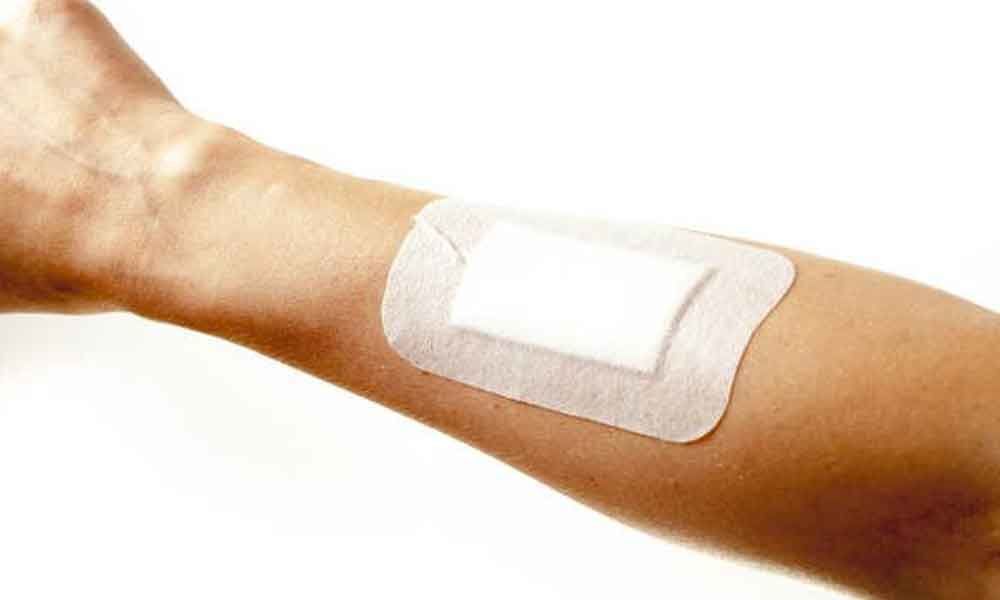Live
- Sensex, Nifty drift lower on profit booking
- Jagan treated cadres as ‘subordinates’, alleges Grandhi
- Mpower’s survey on edu loans
- IIP growth falls to 3.5% in Oct
- Easing food prices lower retail inflation to 5.48% in November
- Space allocation for packaging units at MSME parks on anvil
- Maha Kumbh: Yogi reviews preparations
- Gadkari on accidents: I try to hide my face in meetings abroad
- Abetment of suicide: Mere harassment not sufficient to find accused guilty says SC
- 6.79L homes to receive water under Amrut-II
Just In

Family planning for women might one day be as simple as putting on jewellery, according to scientists who have developed a technique for administering...
Family planning for women might one day be as simple as putting on jewellery, according to scientists who have developed a technique for administering contraceptives through earrings, rings or necklaces.
The contraceptive hormones are contained in patches applied to portions of the jewellery in contact with the skin, allowing the drugs to be absorbed into the body, according to a report published in the Journal of Controlled Release.
Initial testing suggests the contraceptive jewellery may deliver sufficient amounts of hormone to provide contraception, though no human testing has been done yet. A goal for the new technique is to improve user compliance with drug regimens that require regular dosages. Beyond contraceptives, the jewellery-based technique might also be used for delivering other drugs through the skin.
"The more contraceptive options that are available, the more likely it is that the needs of individual women can be met," said Mark Prausnitz, at the Georgia Institute of Technology in the US. "Because putting on jewellery may already be part of a woman's daily routine, this technique may facilitate compliance with the drug regimen. This technique could more effectively empower some women to prevent unintended pregnancies," said Prausnitz.
Contraceptive jewellery adapts transdermal patch technology that is already used to administer drugs that prevent motion sickness, support smoking cessation, and control the symptoms of menopause, but have never been incorporated into jewellery before.
Contraceptive patches are also already available, but Prausnitz believes pairing them with jewellery may prove attractive to some women -- and allow more discreet use of the drug delivery technology.
Once in the skin, the drug can move into the bloodstream and circulate through the body.
If the technique ultimately is used for contraception in humans, the earring back would need to be changed periodically, likely on a weekly basis.
The contraceptive jewellery was originally designed for use in developing countries where access to health care services may limit access to long-acting contraceptives such as injectables, implants and IUDs.
The researchers tested patches adhered to earring backs, about one square centimeter in area, and placed them tightly on the skin of the test animals.Earring backs and watches may be most useful for administering drugs because they remain in close contact with the skin to allow drug transfer. The dose delivered by a patch is generally proportional to the area of skin contact.
"The advantage of incorporating contraceptive hormone into a universal earring back is that it can be paired with many different earrings," Prausnitz said.

© 2024 Hyderabad Media House Limited/The Hans India. All rights reserved. Powered by hocalwire.com







